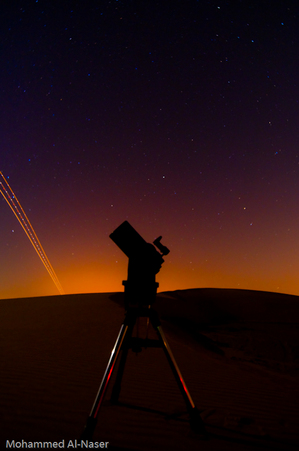Few realize, however, that Galileo’s publication of this treatise placed him at great risk with the Inquisition of the time. He and his printer Baglioni were forced to present a copy of the manuscript for approval before publication. However, unlike his later run-ins with the Holy Inquisition, things passed smoothly. The Venice Council approved the manuscript and allowed publication. Part of this could be that Galileo slipped in a few last minute observations — including the moons orbiting Jupiter which would have caused quite a stir — after the manuscript had been submitted. Regardless, the decision points to the fact that not every matter of science and religion met with a head-on clash, even during the times of the Inquisition. Instead, thanks to their agreement, we have benefited from 400 years of telescopy, showing us the countless wonders of the universe around us.
Subscribers to Science Magazine can read more on Galileo, Sidereus Nuncius, and the legacy of the telescope in the article “Celebrating the 400th Anniversary of Telescope Astronomy” in the latest issue.


